Low-density polyethylene (LDPE) and high-density polyethylene (HDPE) are two of the most popular types of polyethylene, a versatile plastic made from ethylene. While they have some things in common, they differ in their molecular structure, physical properties, and uses. Knowing these differences is key to choosing the right material for different manufacturing and packaging needs. This article will explore the main differences between LDPE and HDPE, their unique characteristics, and how they’re used in various industries.
LDPE vs. HDPE
what is the difference between ldpe and hdpe? LDPE and HDPE are both types of polyethylene plastic with different properties and uses. The primary difference between high density polyethylene and low density polyethylene lies in their molecular structure, which affects their density, strength, and flexibility. LDPE is more flexible and has a lower density, making it suitable for applications like plastic bags and film wraps, while HDPE is stronger and more rigid, often used for containers, bottles, and piping.
| Property | Low-Density Polyethylene (LDPE) | High-Density Polyethylene (HDPE) |
|---|---|---|
| Density | 0.910–0.940 g/cm³ | 0.93 to 0.97 g/cm³ |
| Molecular Structure | Branched | Linear |
| Strength and Rigidity | Flexible and adaptable | High, rigid, and resistant |
| Applications | Packaging, films, squeezable items | Heavy-duty containers, pipes, geo membranes |
| Physical Properties | Lightweight, transparent, moisture-resistant | Resilient to chemicals, UV rays, and extreme temperatures |
| Common Industries | Packaging, retail, food and beverage | Construction, agriculture, automotive |
| Recycle Resin Code | 4 | 2 |
| Processing Ease | More flexible and adaptable | Less flexible in processing |
| Tensile Strength | Lower (around 1600 psi) | Higher (around 4550 psi) |
| Melting Point | Lower (around 115°C or 239°F) | Higher (around 130°C or 266°F) |
| Translucency | Translucent | Opaque |
| Chemical Resistance | Moderate | High |
| Flexibility | Highly flexible | Less flexible, more rigid |
| Manufacturing Process | Radical polymerization | Ziegler-Natta polymerization |
- Structure: LDPE is a transparent, branched version of polyethylene, while HDPE has a linear structure and is opaque.
- Flexibility: LDPE is softer and more flexible than HDPE.
- Durability: HDPE is stronger and more durable than LDPE.
- Melting point: LDPE has a lower melting point than HDPE, typically around 105–115 °C (221–239 °F) compared to 120–130 °C (248–266 °F) for HDPE.
- Recycling: LDPE is assigned the recycling code “4”, while HDPE is assigned the recycling code “2”. HDPE is generally easier to recycle than LDPE.
- Uses: LDPE is often used for orthotics and prosthetics, while HDPE is used for water tanks, chemical tanks, bottles, containers, and pipes.
- Processing: LDPE is best suited for injection molding, while HDPE is better for CNC machining.
- Chemical resistance: Both LDPE and HDPE are resistant to chemicals and impact.
- UV resistance: HDPE is more UV resistant than LDPE.
LDPE vs HDPE structure
The primary difference between LDPE and HDPE lies in their molecular structure and density. LDPE has a highly branched molecular structure with numerous short and long branches, resulting in a lower density ranging from 0.910 to 0.940 g/cm³. The branched structure creates a more amorphous polymer with lower crystallinity, leading to reduced tensile strength and stiffness compared to HDPE. In the context of high density polyethylene vs low density polyethylene structure, the differences in branching directly influence their physical properties.
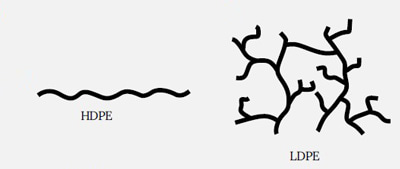
On the other hand, HDPE has a more linear molecular structure with fewer branches, leading to a higher density ranging from 0.941 to 0.965 g/cm³. The linear structure allows for a higher degree of crystallinity, resulting in increased tensile strength, stiffness, and impact resistance. The higher density of HDPE also contributes to its increased chemical resistance and barrier properties compared to LDPE.
Physical Properties
The differences in molecular structure and density between LDPE and HDPE result in distinct physical properties that are crucial for various applications.
| Property | LDPE | HDPE |
| Density | Lower | Higher |
| Flexibility | High | Low |
| Rigidity | Low | High |
| Opacity | Translucent | Opaque |
| Tensile Strength | Moderate | High |
| Impact Resistance | Good | Excellent |
| Chemical Resistance | Good | Excellent |
| Heat Resistance | Moderate | High |
- Tensile Strength and Stiffness
HDPE exhibits higher tensile strength and stiffness due to its linear molecular structure and higher degree of crystallinity. This makes HDPE suitable for applications requiring structural integrity, such as pipes, containers, and automotive parts. LDPE, with its lower tensile strength and stiffness, is more suitable for applications where flexibility and impact resistance are important, such as packaging films and bags.
- Flexibility and Impact Resistance
LDPE has a higher flexibility and impact resistance compared to HDPE due to its branched molecular structure and lower degree of crystallinity. This makes LDPE ideal for applications where flexibility and toughness are required, such as packaging films, squeeze bottles, and toys. HDPE, while less flexible, offers better impact resistance than LDPE due to its higher crystallinity.
LDPE vs HDPE chemical resistance
HDPE generally has better chemical resistance compared to LDPE, making it suitable for applications involving exposure to various chemicals, such as detergents, solvents, and acids. The higher density and crystallinity of HDPE provide a more effective barrier against chemical permeation. LDPE, while suitable for many applications, may have limited chemical resistance in certain situations.
Thermal Properties
Both LDPE and HDPE have relatively low melting points compared to other thermoplastics. LDPE has a melting point range of 105°C to 115°C, while HDPE has a higher melting point range of 125°C to 135°C. This difference in melting points is attributed to the higher degree of crystallinity in HDPE. The thermal properties of these materials are crucial for various manufacturing processes, such as extrusion, injection molding, and blow molding.
Processing Methods
Both LDPE and HDPE can be processed using various techniques, each with its own advantages and limitations. The choice of processing method depends on the desired product properties and production volume.
- Extrusion: This is a versatile process that involves forcing the polymer through a heated die to create continuous shapes, such as films, sheets, pipes, and profiles. Extrusion can be used to produce a wide range of products, from thin packaging films to thick-walled pipes.
- Injection molding: This process involves injecting molten polymer into a mold cavity and allowing it to cool and solidify. Injection molding is ideal for producing complex shapes and parts with high precision and repeatability. It is widely used to manufacture toys, containers, automotive components, and consumer goods.
- Blow molding: This process involves heating a parison (a tubular piece of polymer) and inflating it into a mold cavity to form a hollow shape. Blow molding is commonly used to produce bottles, containers, and other large, hollow objects.
- Rotational molding: This process involves heating a mold containing a polymer powder and rotating it in multiple axes to distribute the powder evenly. The mold is then heated to melt the powder and form the desired shape. Rotational molding is suitable for producing large, hollow objects with complex geometries, such as tanks, kayaks, and playground equipment.
- Thermoforming: This process involves heating a sheet of polymer and forming it into a desired shape using a vacuum or mechanical force. Thermoforming is used to produce packaging trays, lids, and other flat or shallow products.
Applications
The unique properties of LDPE and HDPE make them suitable for a wide range of applications across various industries.
- Packaging
LDPE is widely used in packaging applications due to its flexibility, clarity, and heat sealability. It is commonly used for manufacturing shrink films, stretch films, grocery bags, and various types of packaging for food, cosmetics, and pharmaceuticals. HDPE, on the other hand, is used for manufacturing rigid containers, such as milk jugs, detergent bottles, and chemical drums, due to its high stiffness and impact resistance.

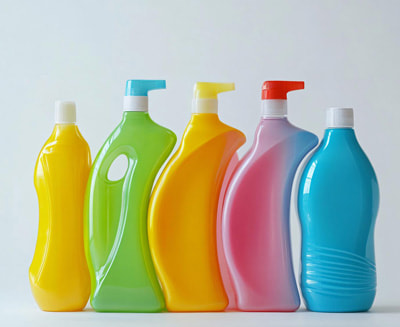
- Pipes and Fittings
HDPE is extensively used in the manufacturing of pipes and fittings for water supply, gas distribution, and drainage systems. Its high tensile strength, chemical resistance, and durability make it an ideal material for these applications. LDPE, while not commonly used for pipes, finds applications in the production of flexible tubing and hoses.
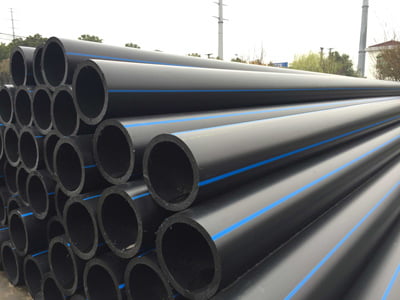
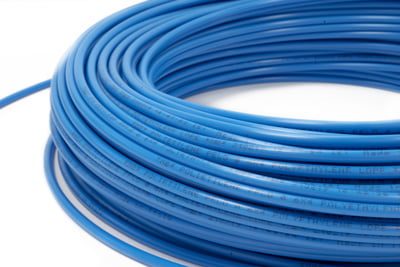
- Automotive Components
HDPE is used in various automotive components, such as fuel tanks, bumpers, and interior parts, due to its high impact resistance, stiffness, and chemical resistance. LDPE is used in some automotive applications, such as wire and cable insulation, due to its flexibility and electrical properties.
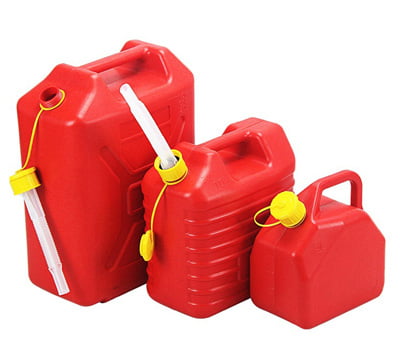
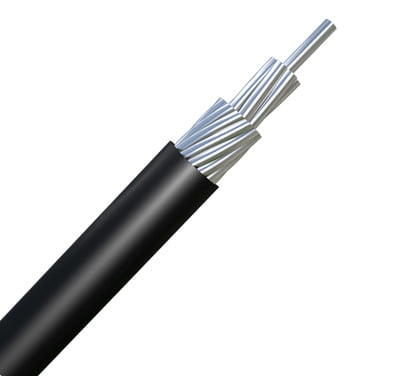
- Household and Consumer Goods
Both LDPE and HDPE are used in the production of household and consumer goods. LDPE is commonly used for manufacturing squeeze bottles, toys, and various types of packaging for food and non-food items. HDPE is used for manufacturing rigid containers, such as storage boxes, crates, and buckets, as well as for producing household items like laundry baskets and trash cans.
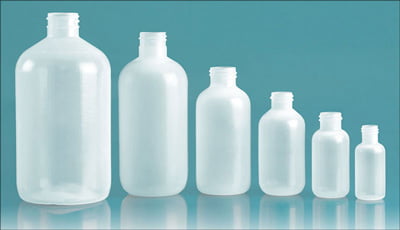
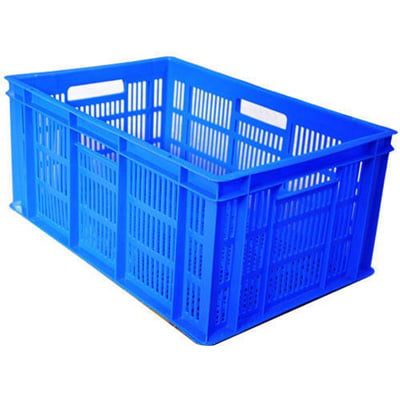
difference between high density polyethylene and low density polyethylene
In conclusion, while LDPE and HDPE are both types of polyethylene, they differ significantly in their molecular structure, density, and physical properties. Understanding these differences is crucial for selecting the appropriate material for various applications. LDPE is suitable for applications requiring flexibility, clarity, and heat sealability, such as packaging films and bags, while HDPE is suitable for applications requiring high tensile strength, stiffness, and chemical resistance, such as pipes, containers, and automotive parts. The unique properties of these materials make them indispensable in various industries, from packaging to construction and automotive manufacturing.


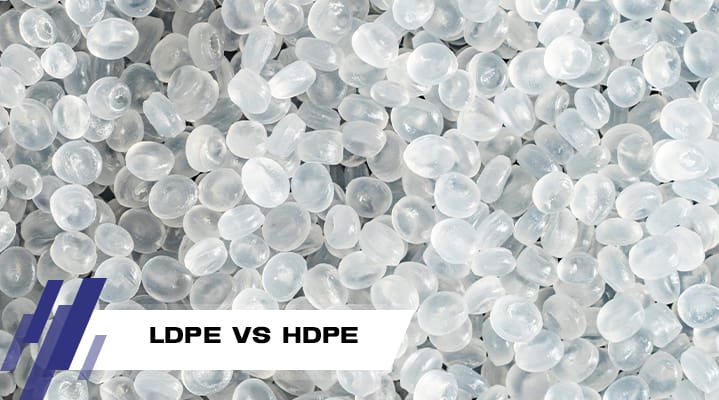



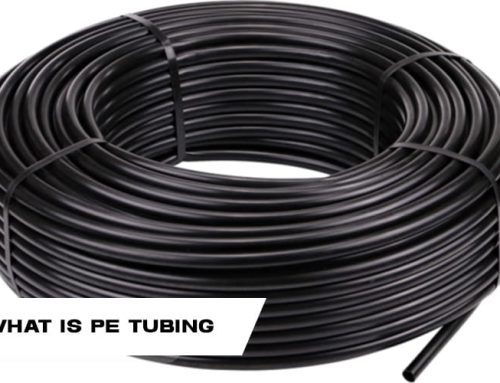
Leave A Comment